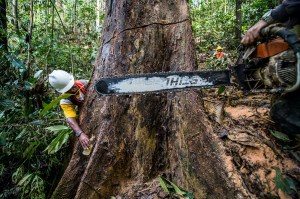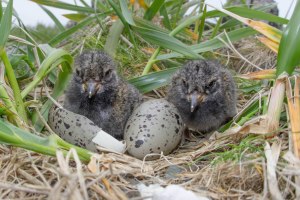Discover stories in Geography
How Cattle Egrets Took Over the World
In the past 150 years, cattle egrets have self-populated nearly every continent on earth. Just how, and why, remains somewhat of a mystery.
Stayin’ Alive at the Seabird Disco
Seabird discos - complete with fake birds, mirrors, and a sound system - help restore breeding bird populations in the Caribbean.
Chipmunk Quest
A chipmunk is a chipmunk, right? Nope. There are 22 species in the United States. Here’s how to find them.
Take Down Your Feeders: Salmonella is Killing Songbirds
Bird feeding is spreading salmonella. Here’s how you can help.
Deforestation Reduces Worker Productivity in the Tropics
Research from Indonesia finds that rural workers in deforested landscapes were less productive than those working in intact forest settings.
Hope and Peril for North America’s “Snow Parrot”
North America’s sole remaining native parrot faces an endless litany of threats. But there’s hope.
Remove the Rats, Restore the Seashore
New science from Alaska’s Aleutian Islands finds that eradicating invasive rodents helps restore marine habitats, too.
Listening to Forests After Logging
New research from Borneo shows that the soundscape of a forest changes significantly following selective logging.
Giving Wildlife Room to Roam in the Face of Climate Change
Why Idaho’s Pioneer Mountains give wildlife room to roam in the face of climate change.
For Transplanted Tortoises, Who Lives and Who Dies?
Research into the survival of desert tortoises holds keys for successful assisted climate migration.
Digitized Data Conserves Africa’s Great Lake Fisheries
In Africa’s Great Lakes, better data collection means better fisheries management.
Helping Birds Adapt to Climate Change in the Nevada Desert
Planting trees to help birds adapt to climate change is the latest chapter in a history of Amargosa River conservation.











